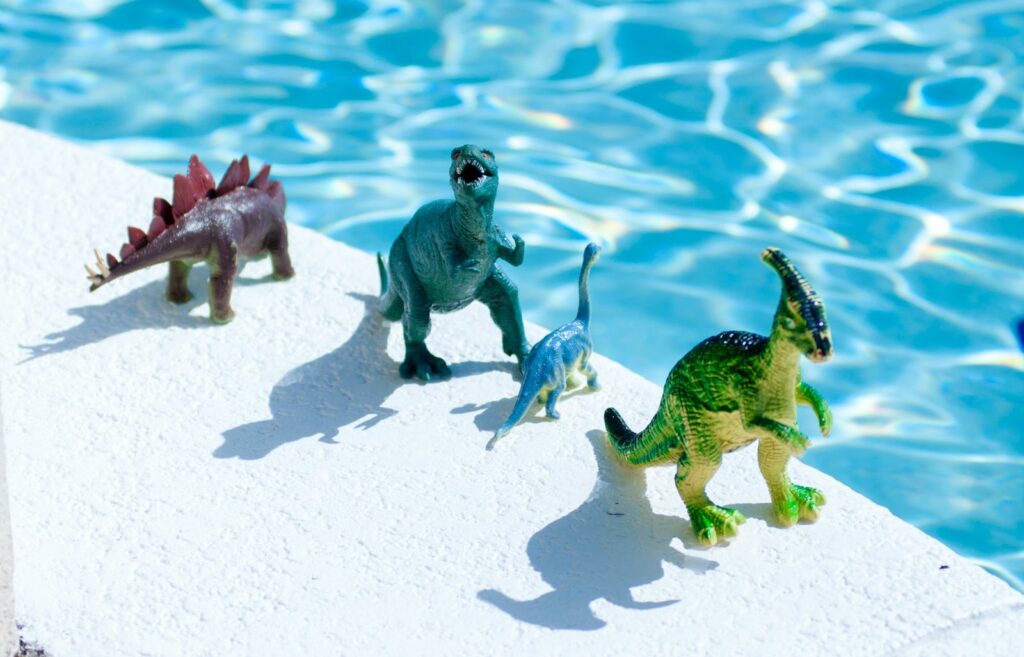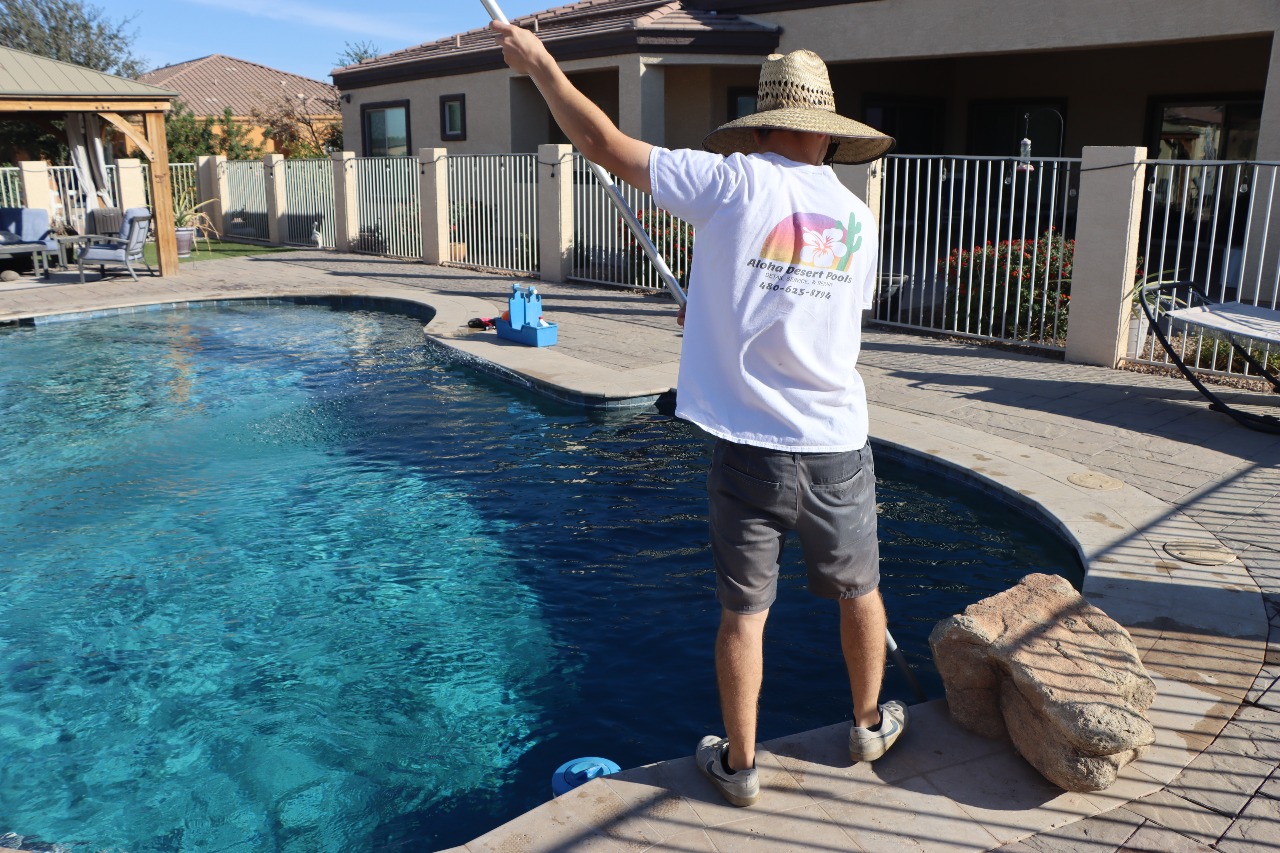Saltwater pools are becoming popular nowadays. Many pool owners opt to convert their traditional swimming pool into the new saltwater system. There are so many benefits a saltwater pool can provide; thus, its popularity increases.
Suppose you already have a saltwater pool or are still planning to have one. In that case, you must first know that maintaining a saltwater pool is not that different from maintaining a traditional chlorinated pool. To give you an idea, here is how you maintain a saltwater pool.
Remove Dirt Regularly

As a saltwater pool owner, you should remove dirt from your pool regularly. Make sure that you do this every single day. Skim out any leaves, debris, and insects floating on your pool. Removing dirt on a regular basis is the most vital tip on proper saltwater maintenance.
You can as well get rid of dirt from your pool by using a robot cleaner. This way, you will never have to do the laborious task. If you cannot do this daily, it is still okay to do it 2 to 3 times a week at the least. However, if your pool is not covered, you might want to remove the dirt more often.
Scrub off the Bottom of the Pool
Because saltwater pools contain 10% of the same salt found in the ocean, it can be advisable to scrub the bottom of the pool when cleaning. By doing so, you will make sure that there will be no salt build-up at the bottom.
You have to remember that even saltwater pools still produce algae which require to be removed from the sides and bottom of the pool. If you do not get rid of the algae, your pool water will look greenish and dirty.
Ensure All Chemicals and the pH Are on the Right Level

Saltwater pools still produce chlorine to keep the water safe. The chlorine in the saltwater pool is from the salt solution that was added to your water. This is why it is still important that you check the chemical levels on your pool and make sure it is on the right level.
Below are the chemicals that you will likely find in your saltwater pool.
Salt
Of course, salt is expected to be present in your pool because it is a saltwater pool, after all. Therefore, the salt level on the water of your pool should stay between 2700 to 4500 ppm. Moreover, you must as well consider what the manufacturer said.
Calcium
Calcium is also commonly present in saltwater pools. It is what keeps your water clear. The calcium level of your saltwater pool should be between 200 to 400 ppm. You should also check the calcium level once a month.
Chlorine
Because saltwater still produces chlorine, you must as well remember to check its level on your water. The advisable level of chlorine on pool water should be between 1 to 3 ppm only. If you are located in a warm area, there is a high chance that your pool water evaporates quickly, leaving a high concentration of chlorine on the water.
Suppose this is the case; you might want to drain some of the water on the pool and add fresh water to it. This will dilute the concentrated water and decrease the level of chlorine. You can also add cyanuric acid to the water to stabilize it back. The stabilizer level should be between 70 to 80 ppm.
pH Level
Aside from checking the levels of the chemicals on the pool, it is also important that you check its pH balance as a part of the maintenance. Your pool’s pH should be between 7.2 to 7.6 ppm. If you notice that the pH is a little bit out of balance, you can add muriatic acid to decrease the pH and sodium bicarbonate to increase it.
In connection to the pH levels of your pool, you can also check the alkalinity of the water at least once a month. You must aim for 80 to 120 ppm. Remember, the opposite of acidic is alkaline, and as a part of the process, both should be balanced.
Clean Your Pump and Filter

As a part of a full 360-degree cleaning of your pool is to clean your pump and filters too. Your pool circulation is important in keeping your pool clean. To ensure that your pool has proper circulation, you should clean your pump and filter regularly.
A clogged-up filter and the dirty pump will not do the job of providing a constant and quality circulation leaving your pool dirty and unsafe to use. As a part of the pump and filter cleaning process is checking the water circulation. After you clean the pump and filter, you will have to see if the water is rotating through your filters. If you see that the water rotates at a reasonable pace, it means that everything is working fine.
Aloha Desert Pools will be glad to do your saltwater pool maintenance for you to save you with all the efforts and inconvenience. We are a team of well-experienced, knowledgeable, and reliable experts in salt water pool maintenance. You can as well check out our other services found on our website.
If you are near or within Mesa, Queen Creek, Gilbert, and Chandler, Arizona, grab your phone now and let us start planning the maintenance and schedule for your saltwater pool.
As additional information, keep in mind that saltwater pools need minimal maintenance compared to chlorinated pools. But despite the fact, pool maintenance is still a huge job that not anyone can perform, seeking help will be a great option.
To Sum It Up
There is not much of a difference between maintaining a traditional pool and a saltwater pool. However, there will be extra steps you need to include in the process due to the salt present in the water. But, all in all, if you follow the maintenance tips provided, you can be assured that your pool is in good shape.






